The holiday season brings joy, warmth, and beauty into our homes—and often, a delightful collection of festive plants. From the iconic poinsettia and Christmas cactus to amaryllis, cyclamen, and Norfolk Island pine, these plants make perfect seasonal decorations and gifts. However, once the festivities fade, many of these plants start to wilt or lose their charm. The good news? With the right care, your holiday plants can thrive well beyond the season, bringing greenery and cheer to your home year-round.
This article will walk you through how to keep your holiday plants alive long after the holidays by understanding their unique needs, adjusting care routines, and transitioning them from festive displays to thriving houseplants.
Understanding Holiday Plants and Their Natural Cycles
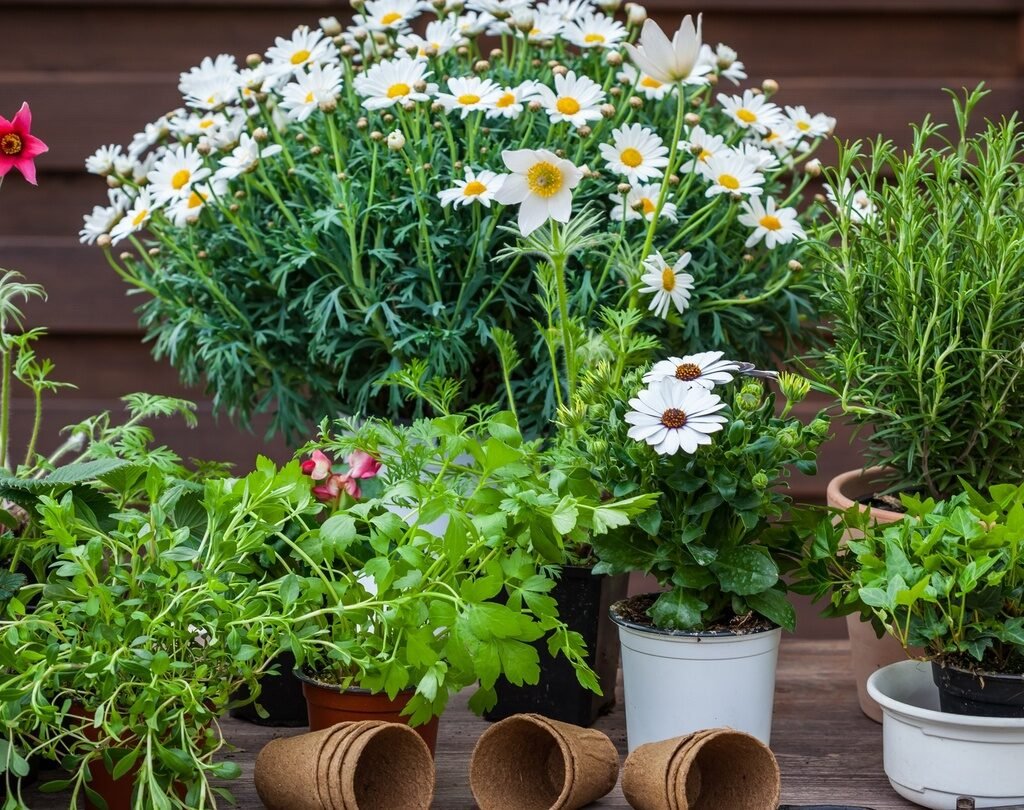
Before learning how to care for them long-term, it’s important to understand the natural growth cycles of popular holiday plants. Most are tropical or subtropical species that are forced into bloom during winter through careful greenhouse conditions. Once they return to normal indoor environments, they need time and care to adapt.
Here are a few common holiday plants and their typical post-holiday behavior:
- Poinsettia: Native to Mexico, poinsettias are tropical perennials. After their bright red bracts fade, they rest before producing new growth in spring.
- Christmas Cactus: This plant thrives for decades if cared for properly, blooming annually with minimal effort.
- Amaryllis: A bulb plant that can rebloom every winter with the right cycle of watering, feeding, and rest.
- Cyclamen: Prefers cool temperatures and partial light; enters dormancy after flowering but can regrow the following fall.
- Norfolk Island Pine: A living Christmas tree that can become a year-round indoor plant with consistent care.
Each plant follows a rhythm of growth, dormancy, and rebloom, and understanding that rhythm is the secret to keeping them alive.
Step 1: Transitioning Plants After the Holidays
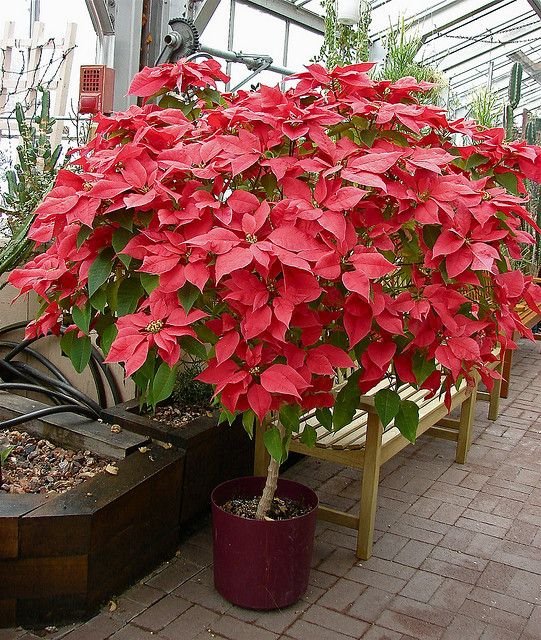
Once the holiday decorations come down, your plants will need to move from “display mode” to “growth mode.” The main goal here is to ease them out of their festive conditions and help them adapt to regular household environments.
Tips for Post-Holiday Transition:
- Remove decorative materials: Glitter sprays, foil wraps, and ribbons can trap moisture or block drainage. Remove these immediately to allow air circulation around the soil.
- Check drainage: Many holiday plants are placed in pots without drainage holes. Transfer them to containers with holes to prevent root rot.
- Provide proper light: Place plants near bright, indirect sunlight. Most holiday plants prefer natural light without harsh direct sun exposure.
- Adjust temperature: Avoid placing them near heaters, fireplaces, or drafty windows. Most thrive in moderate indoor temperatures (60–75°F / 16–24°C).
Pro Tip: Sudden environmental changes can shock plants. Transition them gradually to their new spots, especially if they’ve been under artificial lights or in colder display areas.
Step 2: Adjusting the Watering Routine
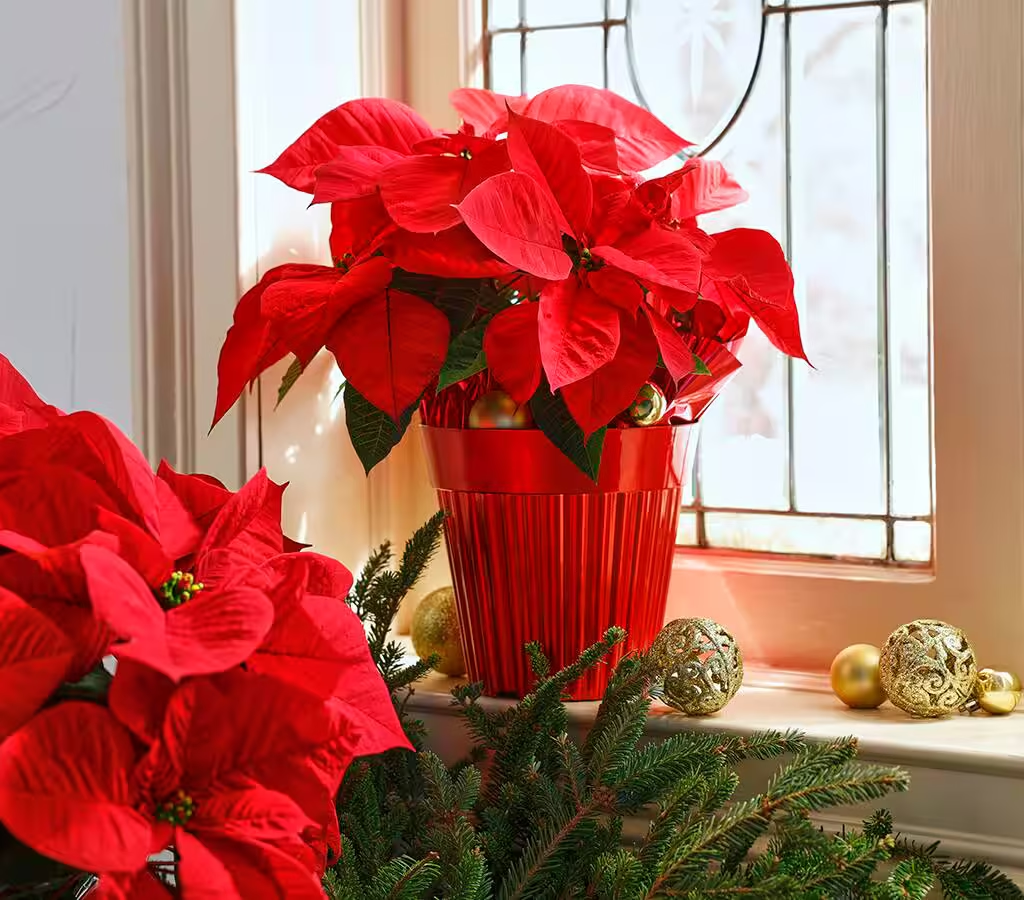
Overwatering is one of the most common reasons holiday plants fail after the season. Many people continue watering at the same rate used during peak bloom, even when the plants enter rest or dormancy.
General Watering Guidelines:
- Poinsettia: Water only when the top inch of soil feels dry. Avoid letting it sit in water.
- Christmas Cactus: Keep soil slightly moist, but reduce watering after flowering ends.
- Amaryllis: Water sparingly after flowers fade until new growth begins again in spring.
- Cyclamen: Water from below (soaking the pot in a saucer) to avoid wetting the crown, which can rot easily.
- Norfolk Island Pine: Maintain evenly moist soil—never let it dry out completely or become soggy.
Pro Tip: Always empty saucers after watering to prevent waterlogged roots. During dormancy periods, most holiday plants prefer a “less is more” approach.
Step 3: Providing the Right Light and Temperature
After the holidays, indoor light levels are often much lower than plants received in greenhouse conditions. Without enough light, they may drop leaves or lose color.
Lighting Tips:
- Place plants in bright, indirect light—near an east or south-facing window.
- Rotate pots every week to ensure even growth.
- If natural light is insufficient, supplement with grow lights for 6–10 hours daily.
Temperature Considerations:
- Avoid extreme fluctuations.
- Keep plants away from cold drafts and heat vents.
- Ideal range: 60–75°F (16–24°C) for most holiday species.
Some, like cyclamen, prefer cooler temperatures (50–60°F / 10–16°C), while poinsettias enjoy slightly warmer conditions.
Step 4: Feeding and Fertilizing Post-Holiday Plants
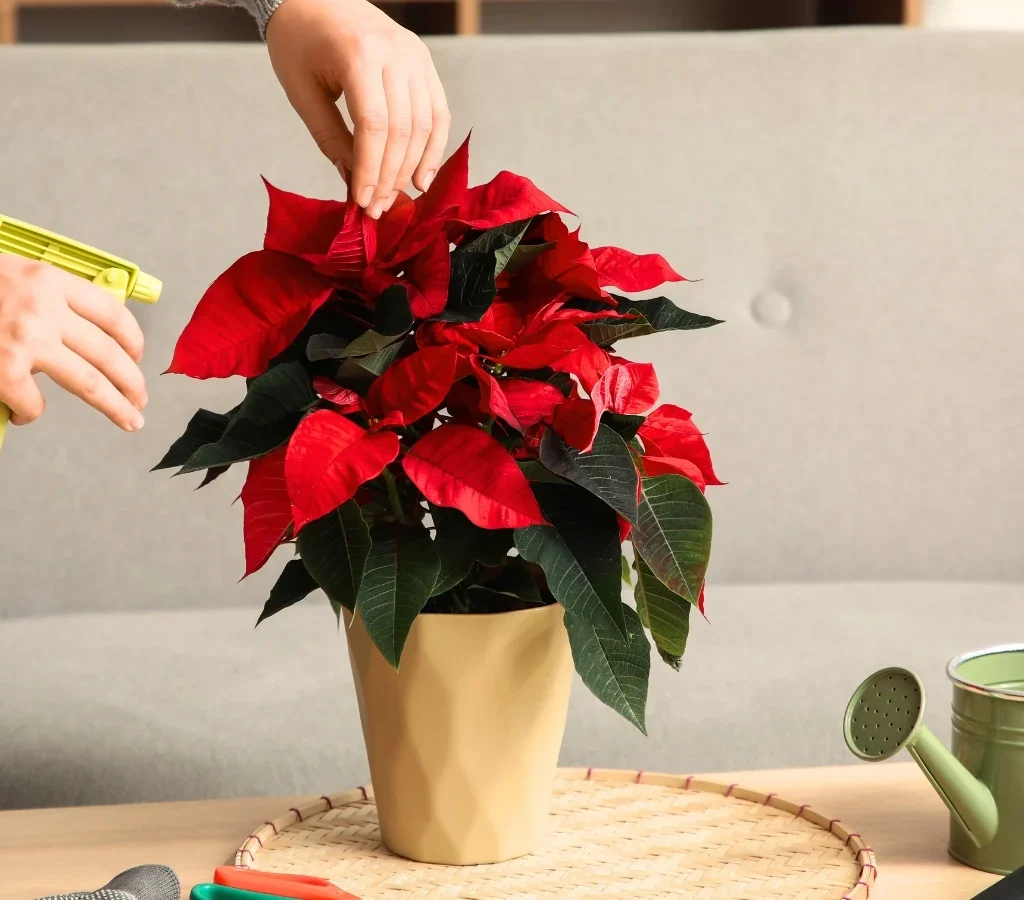
Once your plants have adjusted and show new growth, it’s time to feed them. However, avoid fertilizing right after the holidays, as plants are often entering a rest phase.
When and How to Fertilize:
- Wait until spring: Start fertilizing when you notice new leaves or shoots forming.
- Use a balanced fertilizer: A diluted, all-purpose houseplant fertilizer (10-10-10 or 20-20-20) every 2–4 weeks works well.
- Avoid overfeeding: Dormant plants can’t absorb nutrients effectively, leading to fertilizer burn.
Plant-Specific Feeding Notes:
- Amaryllis: Feed once leaves appear after dormancy to help rebuild bulb strength.
- Poinsettia: Begin monthly fertilizing in spring to encourage new growth and maintain green foliage.
- Christmas Cactus: Feed every two weeks during active growth (spring through summer).
Step 5: Managing Dormancy and Rebloom Cycles
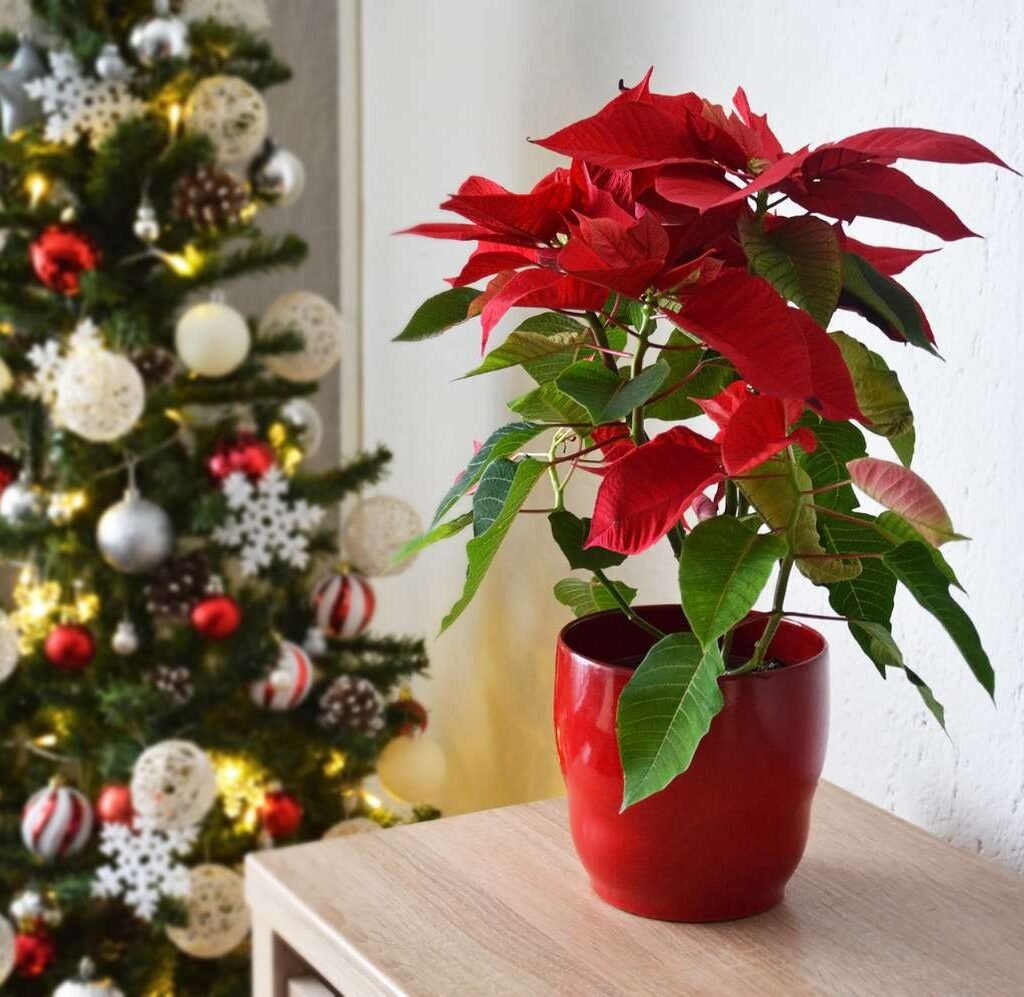
Understanding each plant’s natural cycle will help you keep it alive—and even reblooming—year after year.
Poinsettia Reblooming Guide:
- In late spring, prune stems to 4–6 inches.
- Move to bright, indirect light and increase watering.
- In fall (around October), give 12–14 hours of complete darkness each night for 8 weeks to trigger red bracts.
Amaryllis Care for Next Season:
- After flowering, keep watering and feeding until leaves die back.
- Store bulbs in a cool, dry place for 8–10 weeks.
- Replant and resume watering to encourage winter blooms.
Christmas Cactus Reblooming Guide:
- Provide short days (12–14 hours of darkness) and cooler nights (around 55°F / 13°C) for 6 weeks before the next bloom cycle.
By mimicking natural seasonal cues—light, temperature, and rest—you can bring your holiday plants back to life year after year.
Step 6: Repotting and Pruning for Long-Term Health
As your holiday plants settle into their new lives as houseplants, occasional repotting and pruning help maintain vigor.
Repotting Tips:
- Repot every 1–2 years in fresh, well-draining soil.
- Choose a pot only slightly larger than the current one.
- Avoid heavy garden soil—use a peat-based or cactus mix depending on the plant type.
Pruning Tips:
- Poinsettias: Prune to maintain shape and encourage bushy growth.
- Christmas Cactus: Trim after blooming to control size and promote branching.
- Norfolk Island Pine: Remove only dead or yellowing branches—never cut the central leader.
Regular maintenance ensures better airflow, healthy growth, and future blooms.
Step 7: Pest and Disease Prevention
Post-holiday plants often struggle with pests due to indoor stress or overwatering. Watch for fungus gnats, spider mites, aphids, and mealybugs.
Preventive Measures:
- Inspect plants regularly, especially under leaves.
- Keep soil slightly dry between waterings to deter gnats.
- Wipe leaves with a damp cloth or mild soapy water.
- Isolate infected plants until pests are eliminated.
Pro Tip: Use neem oil or insecticidal soap as a natural remedy for most common pests.
Why Saving Holiday Plants Matters
Keeping your holiday plants alive long after the season isn’t just rewarding—it’s sustainable. Instead of treating plants as disposable décor, nurturing them promotes environmental consciousness, reduces waste, and deepens your connection with nature. Many of these plants can live for years, offering beauty, cleaner air, and seasonal joy every winter.
Conclusion
Holiday plants may start as festive accents, but with the right care, they can become long-lasting companions. The key lies in understanding their natural cycles—when to water, rest, feed, and repot—and making small adjustments as they transition from the glow of holiday lights to the steady rhythm of everyday life.
By following these seasonal care steps—transitioning gently, watering wisely, providing light and nutrients, and managing dormancy—you can transform your short-lived holiday plants into vibrant, year-round treasures.
So, the next time you unwrap a poinsettia or admire your amaryllis blooms, remember: with a little attention and patience, the holiday magic doesn’t have to end when the decorations come down. It can keep growing—leaf by leaf—all year long.
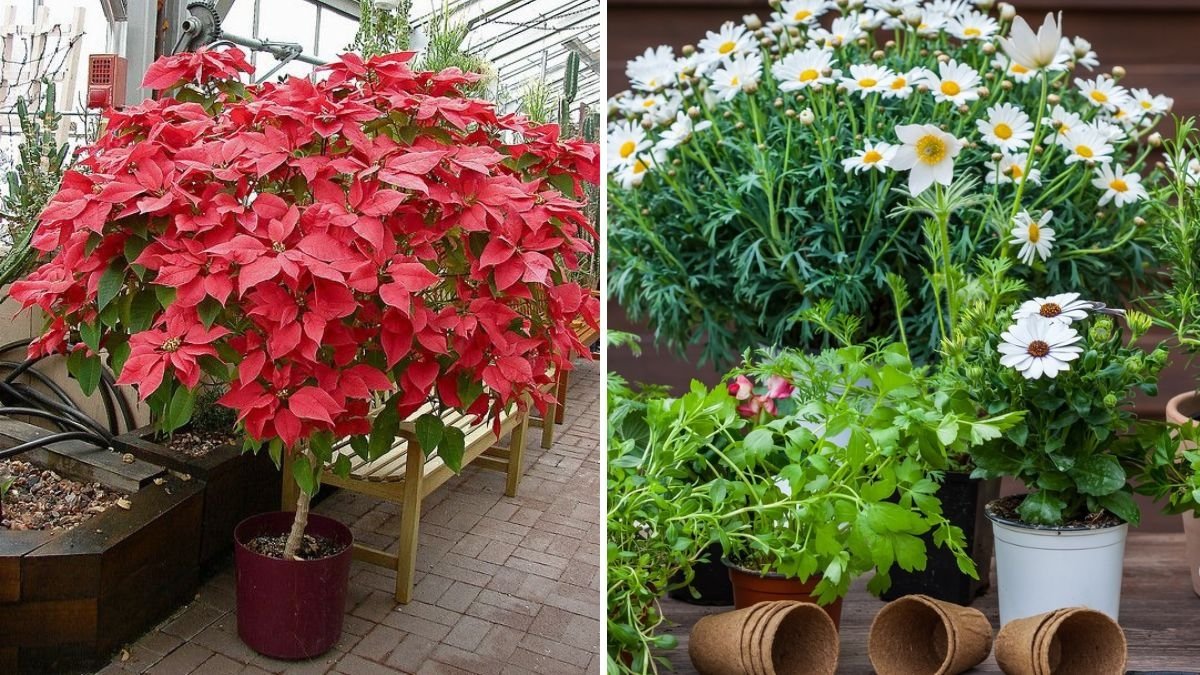




Leave A Comment